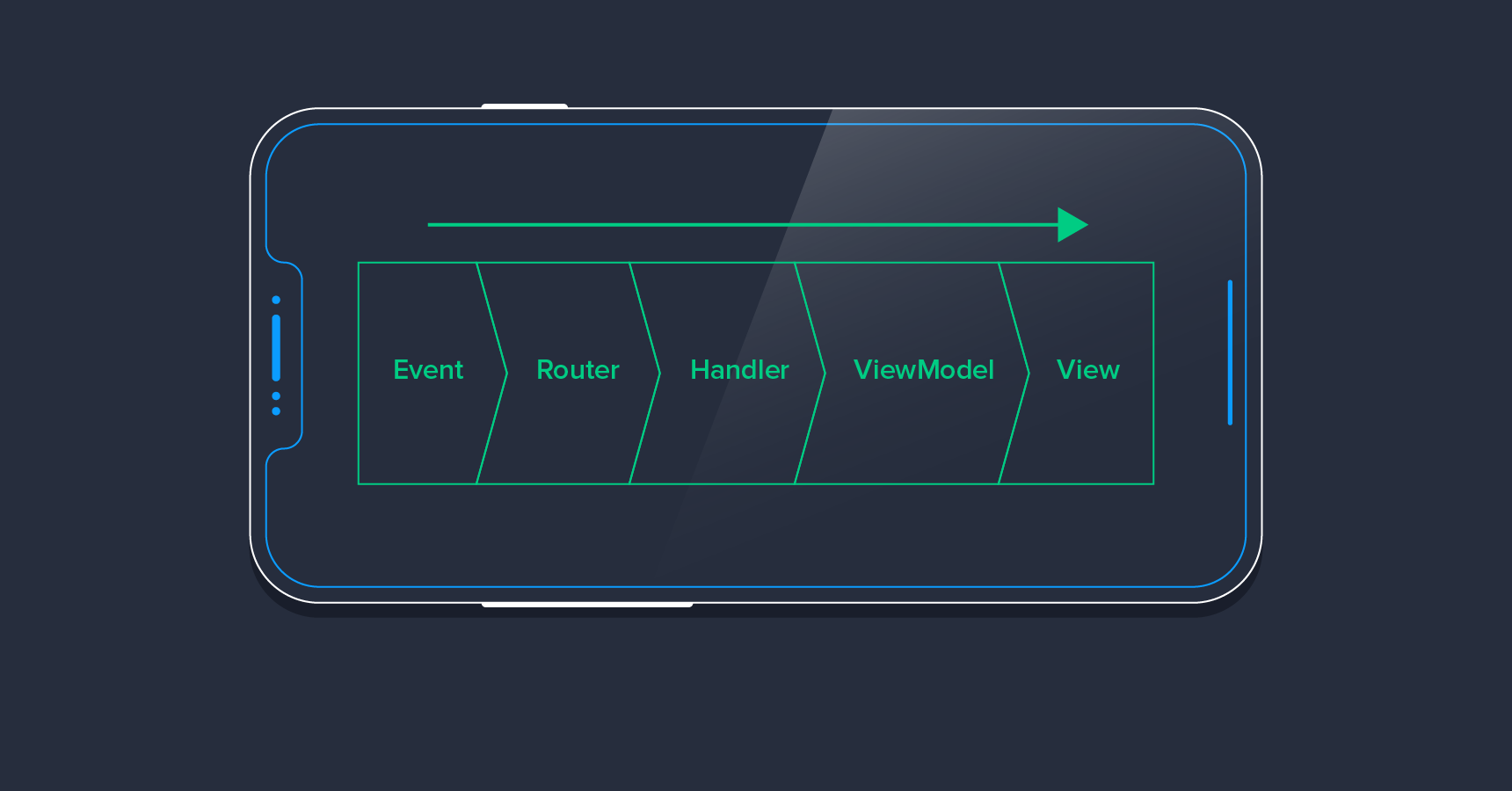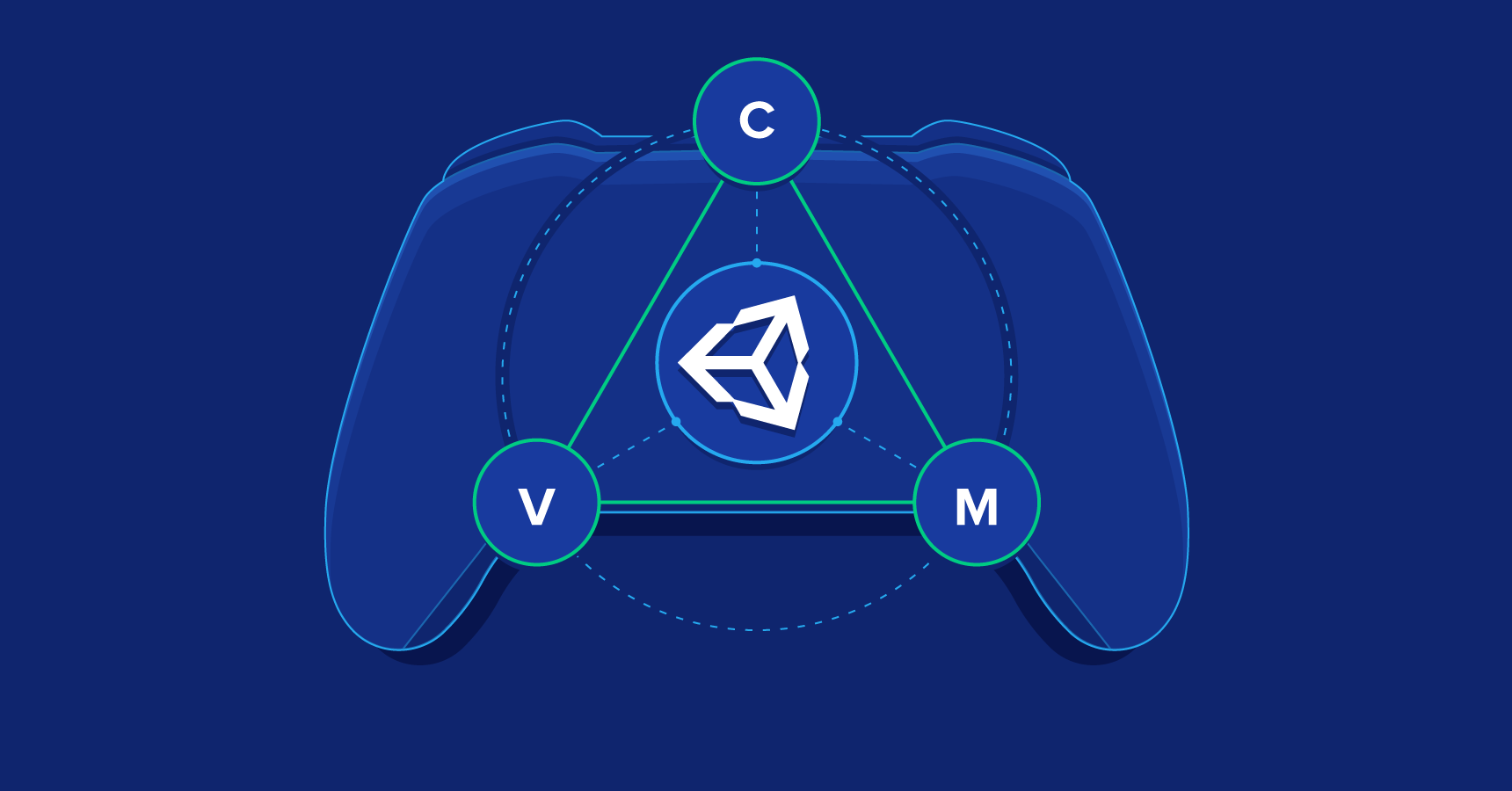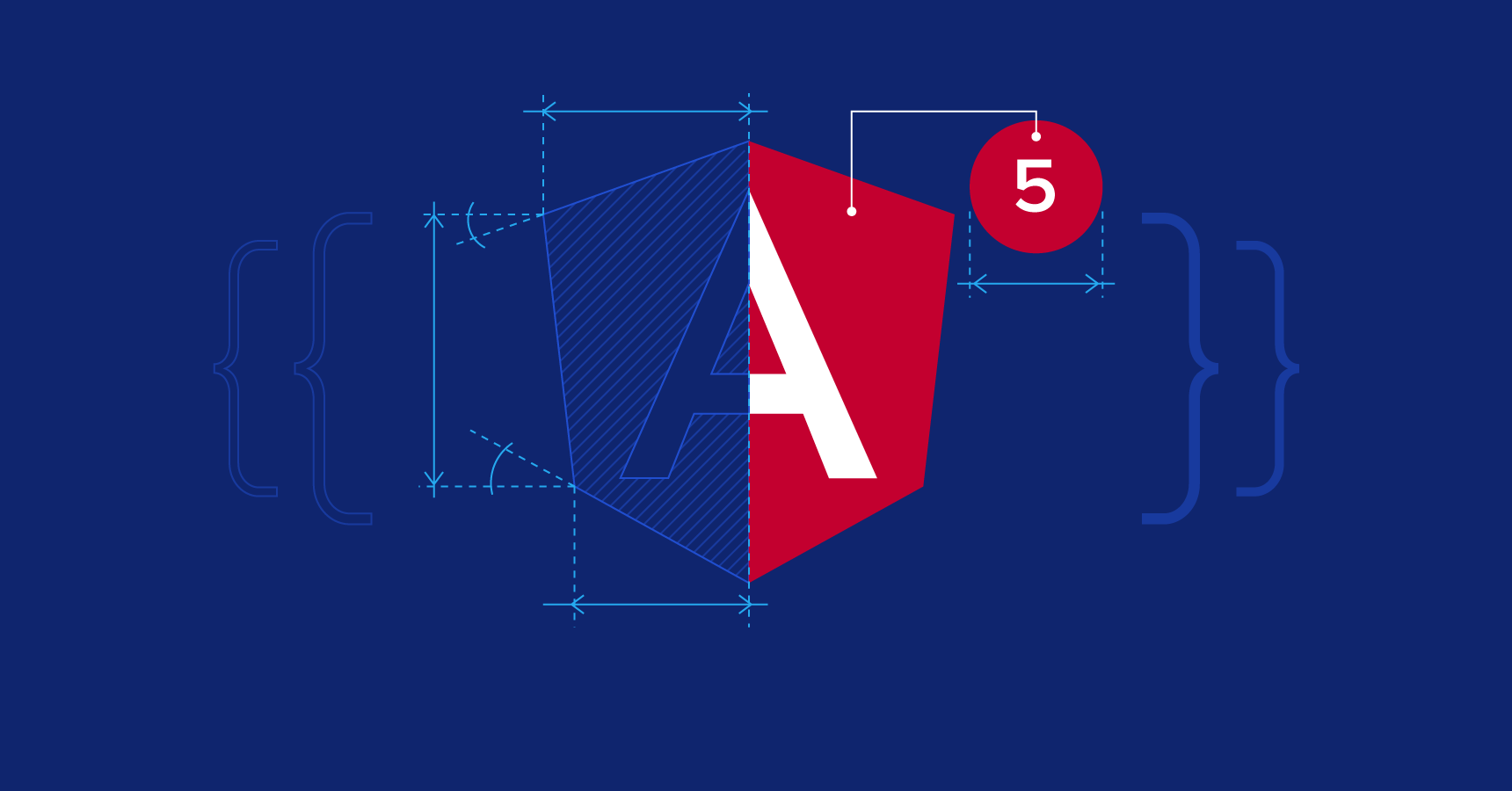Working With Static Patterns: A Swift MVVM Tutorial
Real-time data-driven apps create new challenges in the way we structure our programs, especially on mobile. In this article, Toptal Freelance iOS Developer Lucas van Dongen implements an iOS chat app, comparing the classic MVC approach with a static immutable MVVM pattern.

Lucas van Dongen
Maintain Slim PHP MVC Frameworks with a Layered Structure
Fat controllers and models: an inevitable problem for most large-scale projects based on MVC frameworks such as Yii and Laravel. Fortunately, there’s a cure, and it’s in architecting a layered structure.

Elvira Sheina
Unity With MVC: How to Level Up Your Game Development
In this article I’ll relate my experience with the popular Unity game development platform and the Model-View-Controller (MVC) pattern for game development. In my seven years of development, having wrestled with my fair share of game dev spaghetti, I’ve been achieving great code structure and development speed using this design pattern.

Eduardo Dias da Costa
A Step-by-step Tutorial for Your First AngularJS App
If you haven’t tried AngularJS yet, you’re missing out. The framework consists of a tightly integrated toolset that will help you build well structured, rich client-side applications in a modular fashion—with less code and more flexibility.
One of the reasons I love working with AngularJS is because of its flexibility regarding server communication. Like most JavaScript MVC frameworks, it lets you work with any server-side technology as long as it can serve your app through a RESTful web API. But Angular also provides services on top of XHR that dramatically simplify your code and allow you to abstract API calls into reusable services. As a result, you can move your model and business logic to the front-end and build back-end agnostic web apps. In this AngularJS tutorial, we’ll do just that, one step at a time.

Raoni Boaventura
Build Dumb, Refactor Smart: How to Massage Problems Out of Ruby on Rails Code
Sometimes, clients give us feature requests that we really don’t like. It’s not that we don’t like our clients, we love our clients. It’s not that we don’t like the feature, most client-requested features are aligned perfectly with their business goals and income. Sometimes, the reason we don’t like a feature request is that the easiest way to solve it is to write bad code, and we don’t have an Elegant Solution on the top of our heads. This will throw many of us on fruitless searches through RubyToolbox, github, developer blogs, and stackoverflow looking for a gem or plugin or example code that will make us feel better about ourselves.
Well, I’m here to tell you, it’s okay to write bad code. Sometimes, bad code is easier to refactor into beautiful code than a poorly thought out solution implemented under a time-crunch.

Daniel Lewis
World-class articles, delivered weekly.
Toptal Developers
- Algorithm Developers
- Angular Developers
- AWS Developers
- Azure Developers
- Big Data Architects
- Blockchain Developers
- Business Intelligence Developers
- C Developers
- Computer Vision Developers
- Django Developers
- Docker Developers
- Elixir Developers
- Go Engineers
- GraphQL Developers
- Jenkins Developers
- Kotlin Developers
- Kubernetes Experts
- Machine Learning Engineers
- Magento Developers
- .NET Developers
- R Developers
- React Native Developers
- Ruby on Rails Developers
- Salesforce Developers
- SQL Developers
- Sys Admins
- Tableau Developers
- Unreal Engine Developers
- Xamarin Developers
- View More Freelance Developers
Join the Toptal® community.




